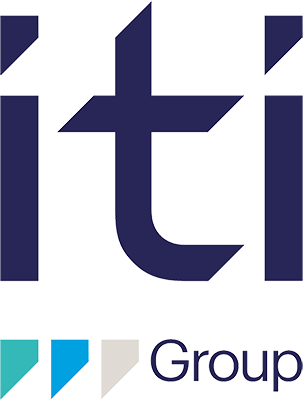Using Simulation to develop a complex action plan
The First Generation Magnox Storage Pond (FGMSP) at Sellafield was built in the 1950’s, to store skips containing a wide variety of used nuclear material and debris.
Each of the skips holds multiple constraints on their removal such as safe stacking configurations or downstream plant dependencies. A complex action plan was required to ensure the safe, efficient and effective clean up of the facility.
ITI Group worked with Sellafield to create a digital twin of the FGMSP, plus an integrated 3D interactive planning tool, to determine the most effective sequences for waste removal based on the myriad of interdependencies. This ensured the robustness of the chosen decommissioning strategy, whilst the visualisation provided reassurance to all stakeholders.
50 years of operational process simulated and analysed in just 8 hours
Expedited facility clean up, minimising risk and costs
Intuitive user interface for heightened understanding
Improved data management and auditability
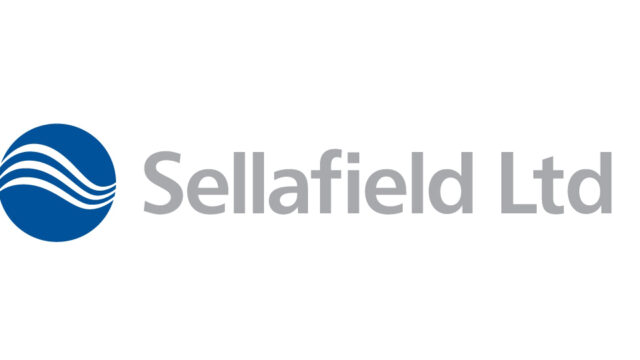
“The ITI Group’s simulation consultants took the time to understand the details of the facility and our requirements, and developed innovative solutions which provided new insight and crystallised the understanding of how to solve a very complex problem.
“Using the advanced 3D simulation model and planning tool technology, we are able to plan, record, audit and communicate a safe and agile decommissioning process that all stakeholders buy into.”
Paul Beck
Head of Sellafield Advanced Analytics
Finding an Optimal Solution
The digital twin provided insight into how each key resource and waste stream impacted the decommissioning of the facility. It identified the key bottlenecks and constraints in the process over the course of the plan, allowing engineers and stakeholders to challenge each aspect of the project in a risk-free environment.
By way of ‘what-if’ analysis, the digital twin helped identify the optimal way to meet the required timescales and ensure that risk, hazard and cost were minimised. The model supported a plethora of options, enabling many different strategies to be analysed, and the robustness of the chosen strategy proven, prior to the commencement of operations.
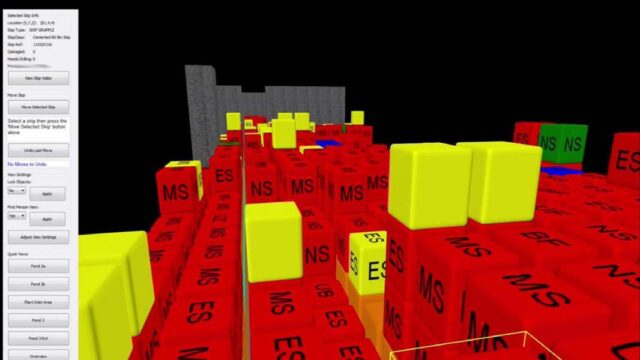
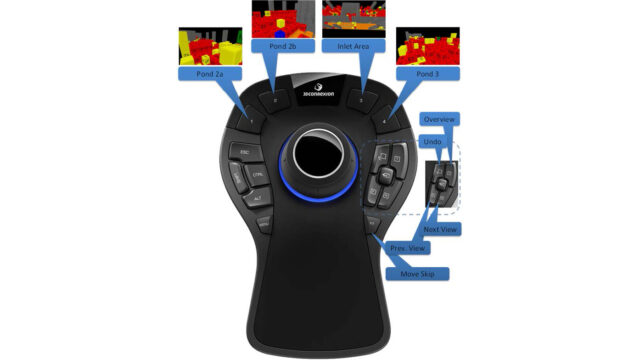
Operational Decision Support in 3D
ITI Group then developed an interactive 3D planning tool linked to the digital twin, incorporating the agreed strategy, KPIs and target dates. The tool enabled Sellafield to then visualise campaigns of skip moves, within the specific constraints on inventory types, skip placement, movements and stacking, etc..
The virtual representation of the facility allows users to fly around in 3D to view the locations of all skips, as well as create animations of the sequential moves in potential campaigns. This allows all stakeholders to gain a detailed understanding of sequences, routing and the expected outcomes before the agreed plan is signed off.
Issue Identification
The solution is able to identify contingencies and proactively suggest skip destinations in order to achieve the most desirable stacking sequences. Videos and images can also be stored against individual skips, enabling operators to spot any potential issues such as skip placement and obstacle proximity, prior to campaigns being sanctioned.
Since the initial roll out, the solution has been developed into a new multi-user web-based planning tool with greater flexibility and additional functionality including full inventory tracking and reporting.
Human Factors
In addition to the skips, there was also the hugely complex task of understanding the equipment and resources required to fulfil the decommissioning plan.
The model therefore also incorporates logic to plan team deployment, factoring in health, skillsets, logistics, radiological dose, and monitoring requirements. This provides Sellafield with the ability to plan the recruitment and training of skilled resources throughout the plan timescales.
Strategic Reporting
and Expedited Decision Making
The new tool has also allowed Sellafield to dramatically reduce the effort required to maintain up-to-date records for FGMSP. It provides comprehensive reporting and detailed information on how the status of the facility and the inventory stored in the skips are moved and processed.
This has led to a reduction in approval and execution time, drastically improving the speed at which clean-up of the facility can be undertaken.
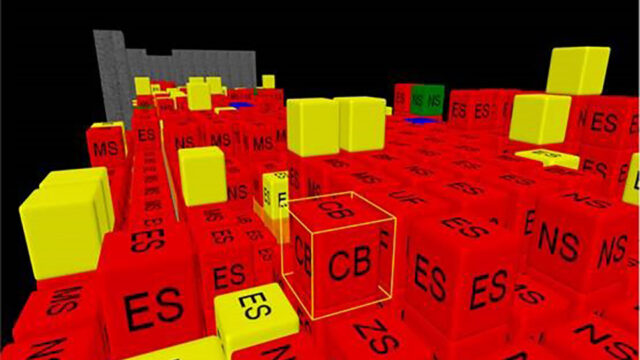
How we’ve helped other businesses like yours
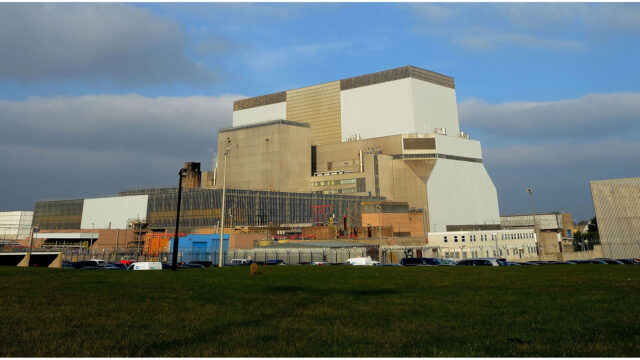
EDF Hinkley B AIC SCADA Replacement
The Alternative Indication Centre (AIC) at Hinkley Point B Power Station provides a secondary, remote monitoring facility for post-trip-event reactor conditions, ensuring safe shutdown and maintenance of adequate post-trip cooling and providing a back-up to the Central Control Room.

Sellafield Carbon Footprint Tool
The recording and forecasting of carbon dioxide emissions (CO2e) is key to Sellafield’s ability to understand and modify their carbon footprint.
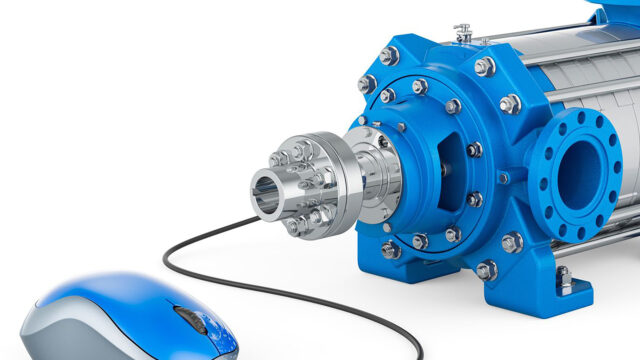
Analysing Pump Network MARRS Strategy
Digital Twins assist organisations in the analysis of Maintainability, Availability, Reliability, Resourcing and Spares Strategy (MARRS): the key factors in maximising uptime.
How can we help you?
